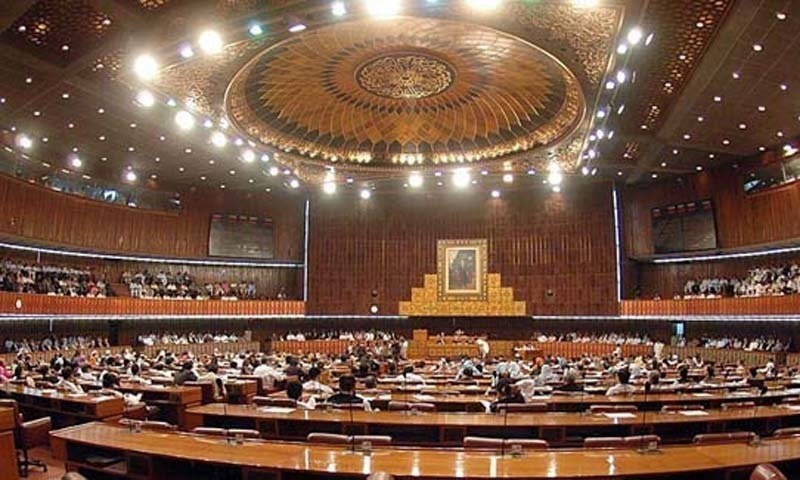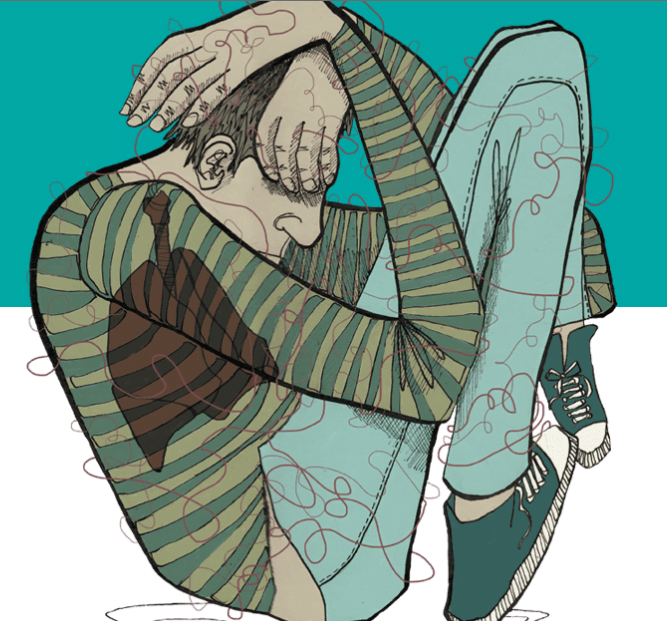Editorial
Gender equality is one of the 17 Sustainable Development Goals (SDGs) established by the United Nations in 2015. The goal is to achieve gender equality and empower all women and girls by 2030. The goal has nine targets and 14 indicators to measure progress. Some of the targets include ending all forms of discrimination, violence, and harmful practices against women and girls, ensuring equal access to education, health, economic resources, and decision-making, and enhancing the use of enabling technologies for women’s empowerment.
The concept of gender equality as a UN sustainable development goal is based on the recognition that gender equality is not only a fundamental human right but also a necessary foundation for a peaceful, prosperous, and sustainable world. Gender equality is essential for achieving the other SDGs, as it affects outcomes in areas such as poverty, health, education, climate change, peace and security. For example, educating girls and women can reduce poverty, improve maternal and child health, and increase economic growth. Similarly, empowering women and girls can enhance their resilience to climate change impacts, promote social cohesion, and prevent conflict.
However, the concept of gender equality as a UN sustainable development goal also faces many challenges and limitations. Despite some progress in recent decades, gender inequality persists in many aspects of life, such as legal rights, political representation, labour market participation, unpaid care work, sexual and reproductive health, and exposure to violence. Moreover, gender inequality is often intersected with other forms of discrimination based on race, ethnicity, class, age, disability, sexuality, and religion. Therefore, achieving gender equality requires addressing the structural and systemic barriers that prevent women and girls from realizing their full potential and rights.
Additionally, the concept of gender equality as a UN sustainable development goal relies on the availability and quality of data and indicators to monitor progress and identify gaps. However, many countries lack reliable and disaggregated data on various aspects of gender equality, such as unpaid work, time use, asset ownership, violence against women, and women’s participation in decision-making. Furthermore, some indicators may not capture the complexity and diversity of women’s and girls’ experiences and needs across different contexts and cultures. Therefore, achieving gender equality requires improving the data collection and analysis methods and ensuring the participation of women and girls in defining and measuring the goal.
Lastly, people in Pakistan must understand the concept of gender equality and work for the cause. The government and society should take legislative, administrative, judicial & social measures to work for gender equality and the welfare of women, which is critical for a functional state and society.
Pl, subscribe to the magazines of republicpolicy.com














